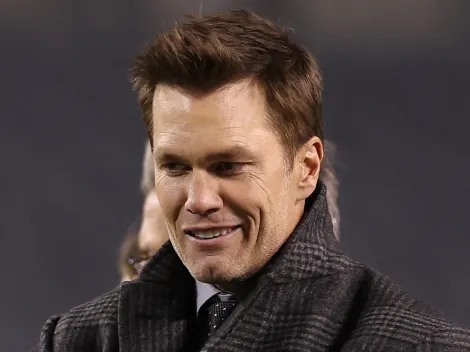This rule or foul is made specifically to protect quarterbacks against vicious attacks by defensive players. Although this type of rule has been harshly criticized since the referees usually apply the rule in one game and in others they do not.
Quarterbacks are often targeted by defensive players whose purpose is to force the quarterback to throw the ball as fast as possible under pressure. But sometimes that pressure can turn into a foul.
In the 20th century, roughing the passer existed but many quarterbacks suffered injuries from strong tackles that broke their ribs and other bones. Today the NFL is striving to enforce this rule more strictly.
How does roughing the passer apply in the NFL?
When a quarterback gets hit after making a forward pass that is considered roughing the passer, but it usually has to be a hard hit since it doesn’t apply to all contacts.
After the referees call roughing the passer foul, the penalty is an automatic first down that includes a 15 yards penalty in the NFL and NCAA as well. This rule was created in 1940.

Grady Jarrett (left) taking down Tom Brady in 2022 during a Week 5 game, Bucs vs Falcons
Many of the roughing the passer depend on the judgment of the referees during the play, some quarterbacks (veterans) tend to be more protected with this rule than other younger quarterbacks.





